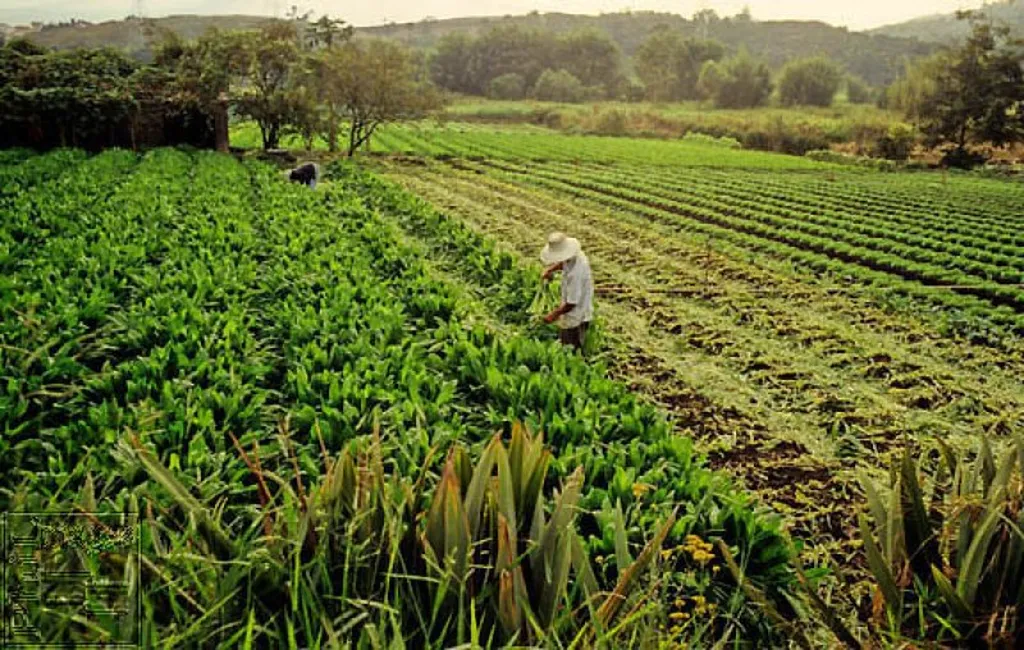In the heart of Brazil, researchers are unraveling a complex web of interactions that could revolutionize how we feed the world. Bruno B. Navarro, a geneticist at the University of São Paulo’s “Luiz de Queiroz” College of Agriculture, is leading a charge to improve nitrogen use efficiency (NUE) in crops, a breakthrough that could reshape sustainable agriculture and have significant implications for the energy sector.
Nitrogen is the backbone of global agriculture, a vital nutrient that has enabled unprecedented crop yields since the advent of synthetic fertilizers. However, the Haber–Bosch process, which produces these fertilizers, is energy-intensive, accounting for about 1-2% of global energy consumption. Moreover, excessive nitrogen use has led to environmental degradation, including water pollution and greenhouse gas emissions. Navarro’s research, published in the journal ‘Plants’ (translated from Portuguese), offers a multifaceted approach to enhance NUE, potentially reducing the agricultural sector’s energy footprint and environmental impact.
Navarro and his team are exploring the intricate dance between plants and microbes, a partnership that could unlock new pathways for sustainable agriculture. “We’re looking at plant growth-promoting bacteria and arbuscular mycorrhizal fungi,” Navarro explains. “These microbes can increase root surface area, modulate plant hormones, and facilitate nutrient transfer, effectively helping plants acquire more nitrogen.”
But the innovation doesn’t stop at microbiology. Navarro’s team is also delving into the plant’s genetic blueprint, identifying key players and regulators of NUE. “We’ve pinpointed enzymes, transporters, and N-responsive transcription factors that enhance nitrogen uptake and assimilation,” Navarro says. This understanding could pave the way for molecular breeding and genome editing, enabling scientists to develop crops with improved NUE and stress resilience.
The research also highlights the potential of novel fertilizers with controlled nutrient release and microbe-mediated nutrient mobilization. These smart fertilizers could synchronize nitrogen availability with plant demand, reducing losses and increasing NUE. For the energy sector, this could mean a significant reduction in the energy-intensive production of synthetic fertilizers.
The implications of Navarro’s work extend beyond the field. By enhancing NUE, we could mitigate environmental impacts, reduce energy consumption, and facilitate the transition towards more sustainable agricultural systems. As Navarro puts it, “This is a multidimensional framework to enhance NUE, a cornerstone for sustainable agriculture.”
The research is a testament to the power of integrating biotechnology, microbiology, and novel delivery systems. It offers a glimpse into a future where agriculture is not just about feeding the world, but doing so sustainably and efficiently. As we grapple with the challenges of climate change and energy consumption, Navarro’s work provides a beacon of hope, a reminder that innovation and sustainability can go hand in hand.

